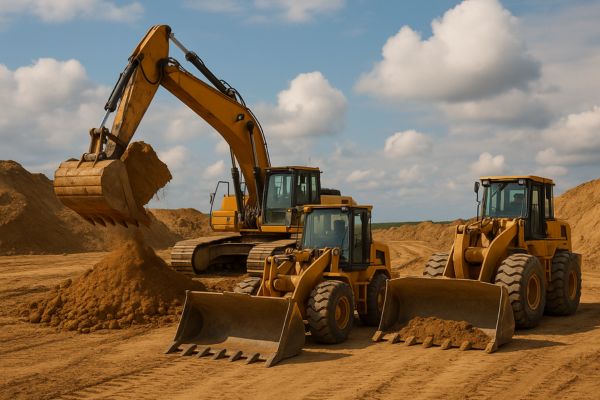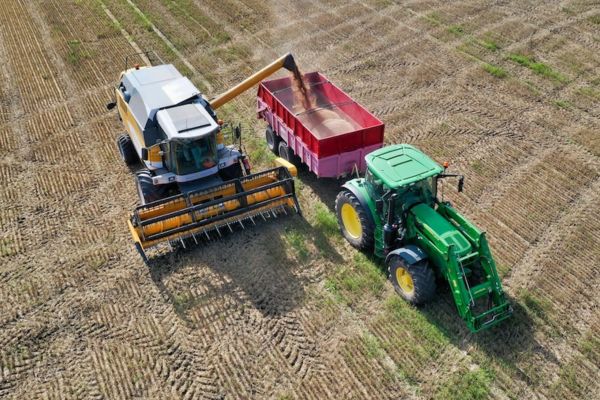The 43 Series hydraulic crimp fitting consists of two primary parts — the fitting body and the ferrule. The fitting body forms the connection interface with the hydraulic port, while the ferrule is crimped onto the hose to create a secure and permanent connection.
Standard models are manufactured from high-quality carbon steel, offering excellent strength and pressure resistance. The surface is typically treated with zinc plating or zinc-nickel alloy coating to improve corrosion resistance. For harsh or highly corrosive environments, stainless steel versions are also available, providing extended service life and reliability in marine or chemical applications.
Most fittings feature a Cr6-free zinc plating for environmental compliance and improved corrosion protection. Depending on the coating type, salt spray resistance can range from 72 hours up to 1000 hours, ensuring reliable performance even in demanding outdoor or industrial environments.
Multiple sealing options are available to suit different hydraulic systems and media. These include O-ring seals, 37° cone seals, and flat-face seals, each designed to provide leak-free performance under high pressure and vibration.



The crimp-style connection design is engineered to withstand high operating pressures and repeated pressure surges, making it ideal for demanding hydraulic applications. The robust construction ensures long-term durability even in heavy-duty environments.
Precision-machined sealing surfaces combined with high-quality, compatible sealing elements deliver a secure and leak-free connection, reducing downtime and maintenance costs.
Designed for use with compatible crimping machines, the fittings enable fast and consistent assembly, improving productivity in both OEM production lines and maintenance workshops.

Available in a wide range of thread and flange configurations — including BSP, NPT, JIC, ORFS, metric threads, and SAE flanges — to meet the standards and requirements of different global markets.
In most cases, 43 Series fittings can be interchanged with equivalent products from other major brands, making them a flexible choice for replacement and system upgrades without extensive modifications.
Choose the appropriate fitting model based on hose specifications, working pressure, type of hydraulic fluid, and environmental conditions. Ensuring compatibility between the fitting and hose is critical to achieving safe and reliable performance.
Always refer to the manufacturer’s official crimp specification chart to determine the exact crimp diameter for each hose and fitting combination. Accurate crimping is essential to maintain proper sealing and structural integrity.
Before crimping, make sure that the interior of both the hose and fitting is free of dust, metal shavings, oil residue, or any foreign particles. Contamination in hydraulic systems can cause premature wear or failure of components.
Perform regular visual and functional inspections on the hose-to-fitting connection. Look for signs of leakage, cracks, corrosion, or abnormal wear that may indicate the need for maintenance or replacement.
Establish a replacement schedule based on operating frequency, working pressure cycles, and environmental exposure. Proactively replacing fittings and hoses before the end of their service life helps prevent fatigue failures and costly downtime.
